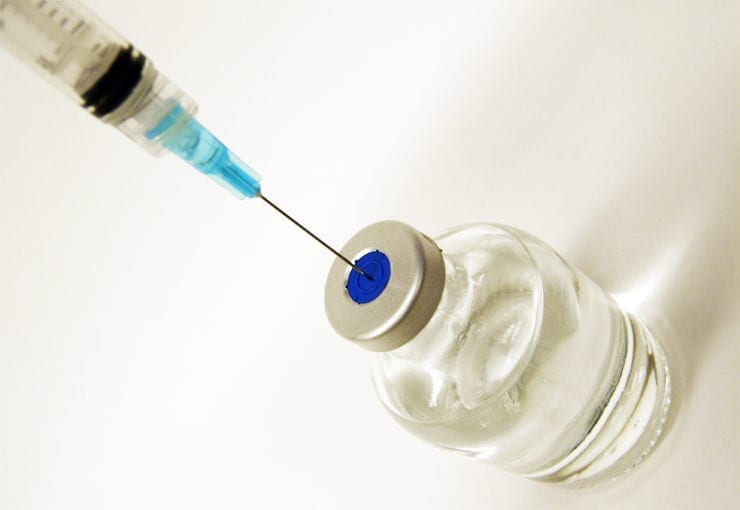State laws mandating influenza immunization for people who work in health care increase their vaccination rates, according to new research led by the University of Pittsburgh School of Medicine.
The analysis, published in the Journal of the National Medical Association, looked at influenza immunization rates from 2000 to 2011, a timespan in which states with flu vaccination laws aimed at health care workers climbed from two to 19.
“Flu vaccination for all health care workers has long been recommended as one of the most effective ways to avoid infecting vulnerable patients with influenza, which kills thousands of people every year,” said lead author Chyongchiou Jeng Lin, Ph.D., associate professor in Pitt’s Department of Family Medicine. “State laws mandating that health care workers get flu vaccinations are an effective method to potentially save lives.”
From 2000 to 2005, only Maine and New Hampshire had flu vaccine requirement laws for health care workers. During that period, the average flu vaccination rate for health care workers was 22.5 percent. From 2006 to 2011–when 19 other states, including Pennsylvania, passed similar laws–the average vaccination rate for health care workers increased to 50.9 percent.
Not All Vaccine Laws Equal
Some states mandate that health care employers pay for the vaccines; some require formal documentation, and others, like Pennsylvania, require only that certain health care workers–such as those in long-term care facilities–get vaccines. To do their analysis, Dr. Lin and her team assigned scores to each state based on the rigor of its law.
“We’re finding that the higher the score–meaning the state has a law and includes components like a mandate or education–the greater the probability that the vaccination rate among health care workers will be higher,” said Dr. Lin.
Advisory committees and health care organizations, such as the U.S. Centers for Disease Control and Prevention’s Advisory Committee on Immunization Practices, recommend that all health care workers receive an annual flu vaccine to reduce the spread of flu among staff and patients, and to decrease staff absenteeism.
Impact of Hospital Policies and Culture
In a previous study, Dr. Lin and her colleagues found that individual hospital policies that mandate influenza vaccination can nearly double their vaccination rates. And, when coupled with a state law mandating health care worker flu immunization, those rates nearly triple.
UPMC is on the Immunization Action Coalition’s Honor Roll due to its system-wide policy that requires all employees in clinical settings receive the influenza vaccine, unless they have an exemption. Exempted employees must wear a mask throughout flu season.
“By getting immunized against the flu, the health care worker is, in essence, building a fence to protect patients, who perhaps can’t get immunized or whose immune systems are so compromised that the vaccine isn’t as effective,” said senior author Richard Zimmerman, M.D., M.P.H., professor in Pitt’s Department of Family Medicine and Graduate School of Public Health. “I’m vaccinated every year to protect my vulnerable patients. I also do it to protect my wife and children because I don’t want to take the flu virus home and give it to them. And finally, I do it to protect myself.”
Since the study, several more states have added laws that, in some way, address flu vaccine requirements for health care workers, bringing the total to 33 states. Flu vaccination rates among health care workers also have increased to 66.9 percent in the 2012-2013 season, the most recent for which comprehensive data are available.


